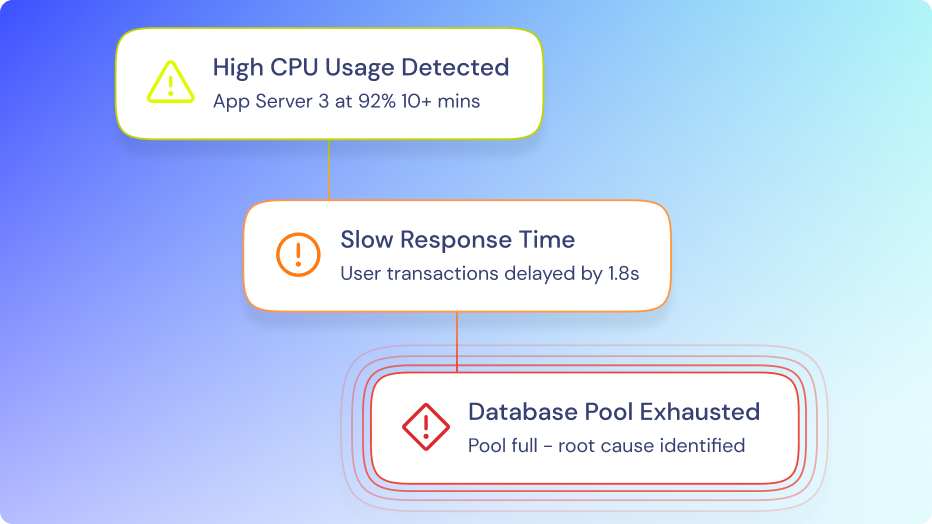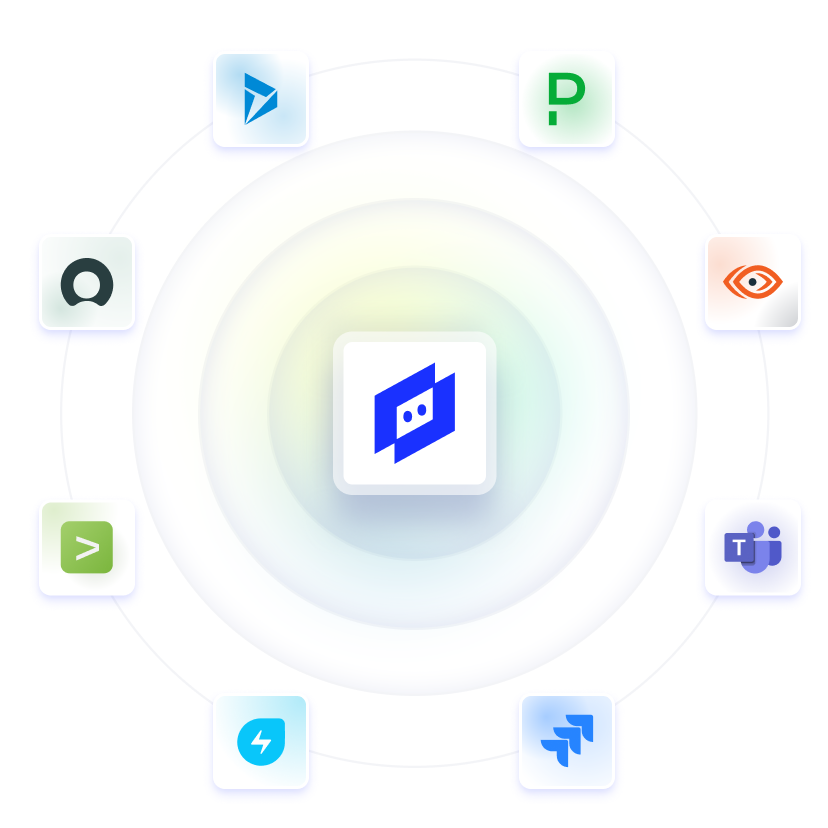AGENTIC IT OPERATIONS
Get Self-Healing IT Operations with Edwin AI
Because every outage puts business on the line, Edwin AI uses agentic AIOps to manage the full incident lifecycle—finding root causes, executing fixes, and restoring services automatically.



































